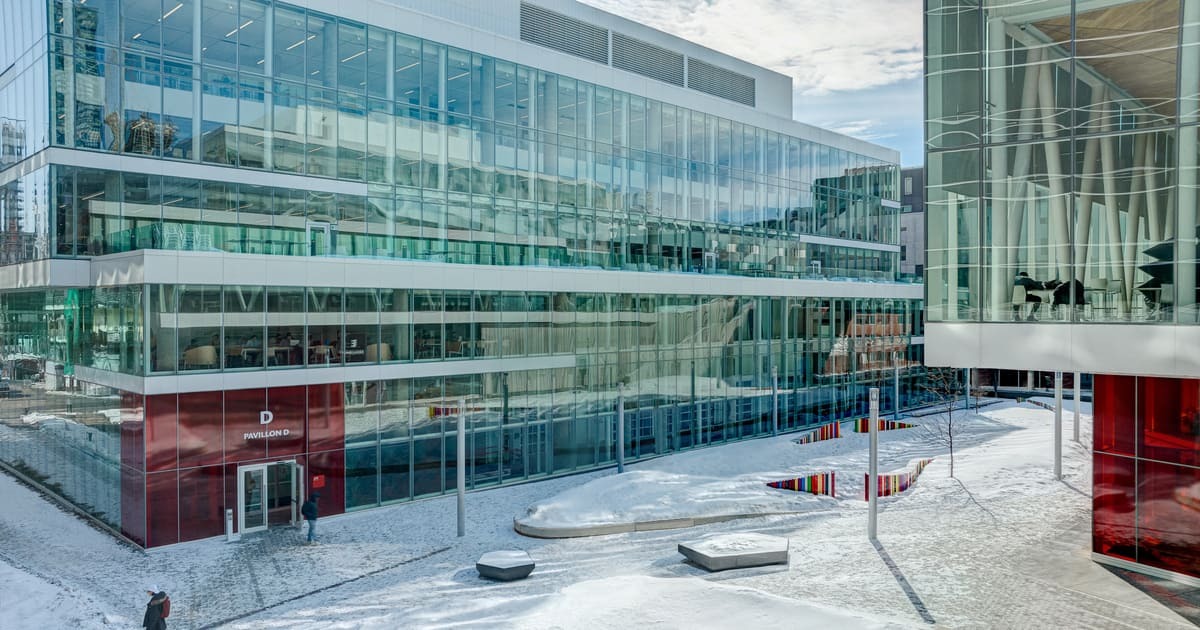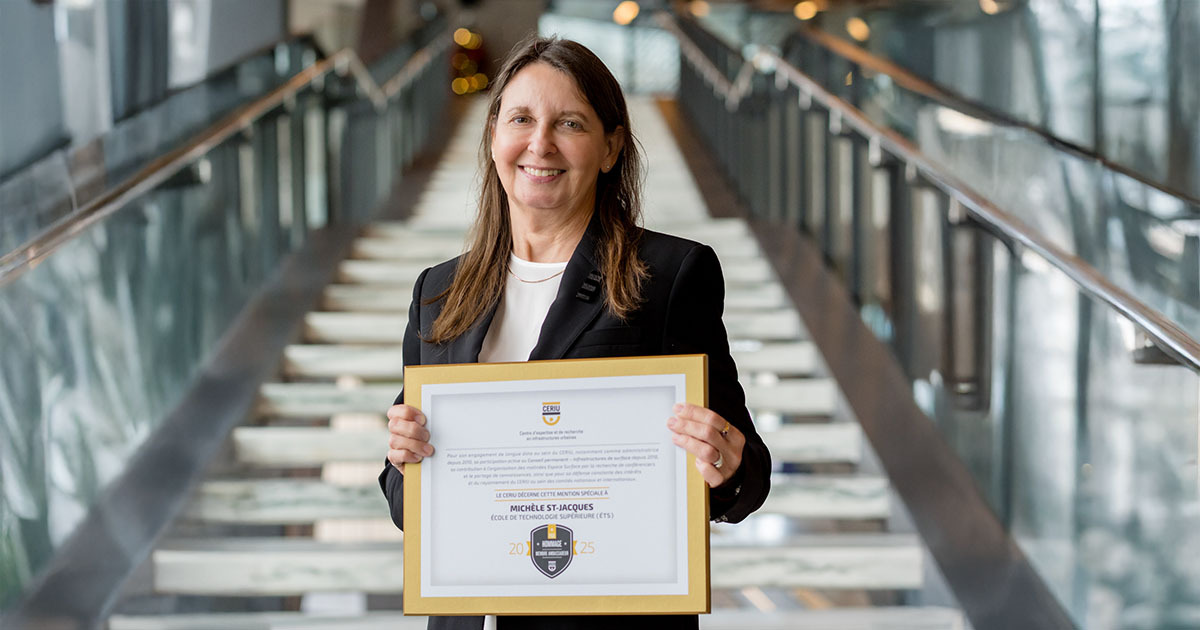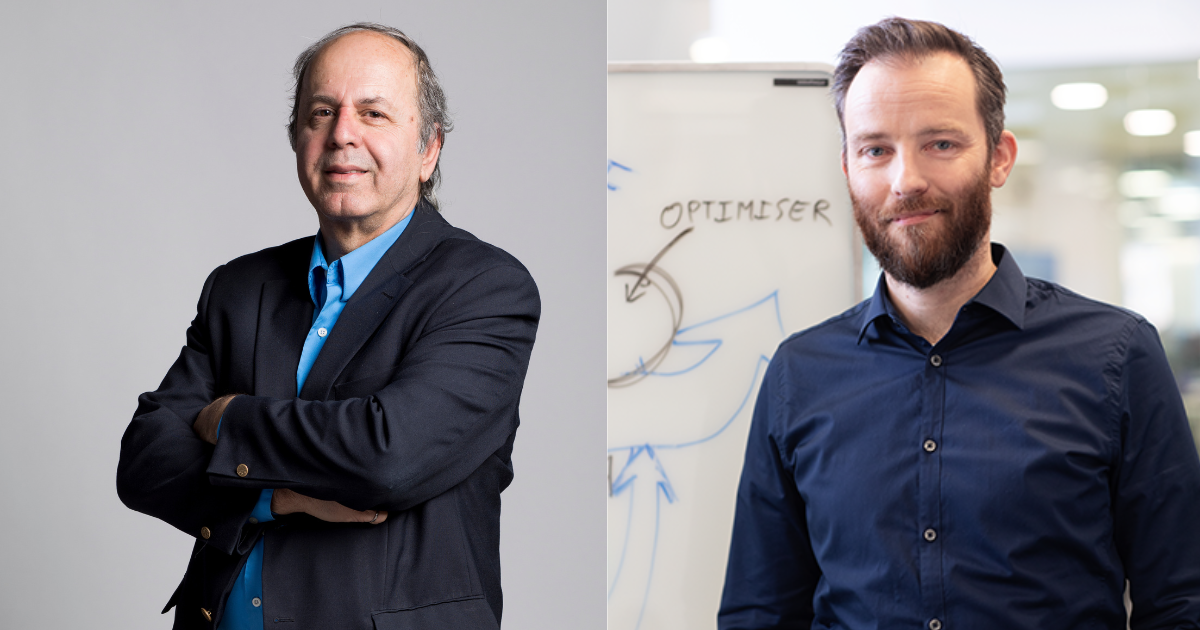Last April, as part of its Arts and Culture Integration Program, the École de technologie supérieure (ÉTS) hosted two eight-month artistic residencies for the first time. These residencies were designed to allow faculty members and artists to work together on a collaborative project. On the one hand, the residency exposed the professors to new, different and amazing challenges. On the other hand, artists were offered the expertise, equipment and resources needed to overcome technological limits and push artistic ideas a little further. Each residency provided a fee of $15,000 and $5,000 for production costs.

Virtual and Augmented Reality Applied to Dancing

The first artistic residency was awarded to Professor David Labbé, in the Department of Software and IT Engineering, and his team, artists Simon Laroche and Liliane Moussa. Their project focused on the study and deconstruction of dance movements. This was based on successive captures of dancers interacting with objects in a shared virtual space. This choreographic project tackled the dancers’ level of body consciousness.
“I got involved in this project simply out of sheer curiosity, to discover new applications for our equipment and expertise. Over time, however, I began to see the potential for rehabilitation, my field of research,” explains David Labbé. Patients could carry out their exercises in the form of tasks and dance movements, in a playful virtual environment, interacting with others remotely. I’m currently talking with other researchers who are using dance in virtual reality to put this idea into practice.”
“The students involved in this activity as part of their final year project appreciated its playful aspect, which contrasted with the projects they usually encounter. Thanks to Simon’s continuous feedback, the students were able to quickly iterate and develop different collaborative tasks in virtual reality, which the artists were able to experience for themselves.”
Photonics Bring Matter to Life
As part of the second artistic residency, Professor Bora Ung teamed up with Élisabeth Picard and Ghislain Brodeur to explore the use of different optical waveguides in works of art. Giving life to a concrete sculpture using optical fibers was one of the many projects to emerge from this collaboration. One technical difficulty was that the components and optical fibers used were non-standard, and therefore brought issues in connectivity.
Art, like science, is an iterative process,” explains Bora Ung. However, artists tend to rely more on intuition and trial-and-error, which scientists would do well to apply in the prototyping process whenever possible. Sometimes, analysis and planning have their limits.”
“Our research team was truly enriched from this experience due to its multidisciplinary aspect. The students saw their field of research applied to a different sector. This allowed them to see short-term spin-offs and opened new doors for them.”

Closing Event to Come
An event on January 29 will mark the end of the ÉTS Artistic Residency Program, first edition. This will be an opportunity to look back on the artists’ journey at ÉTS and discover the work created in collaboration with our professor-researchers.



